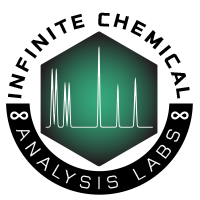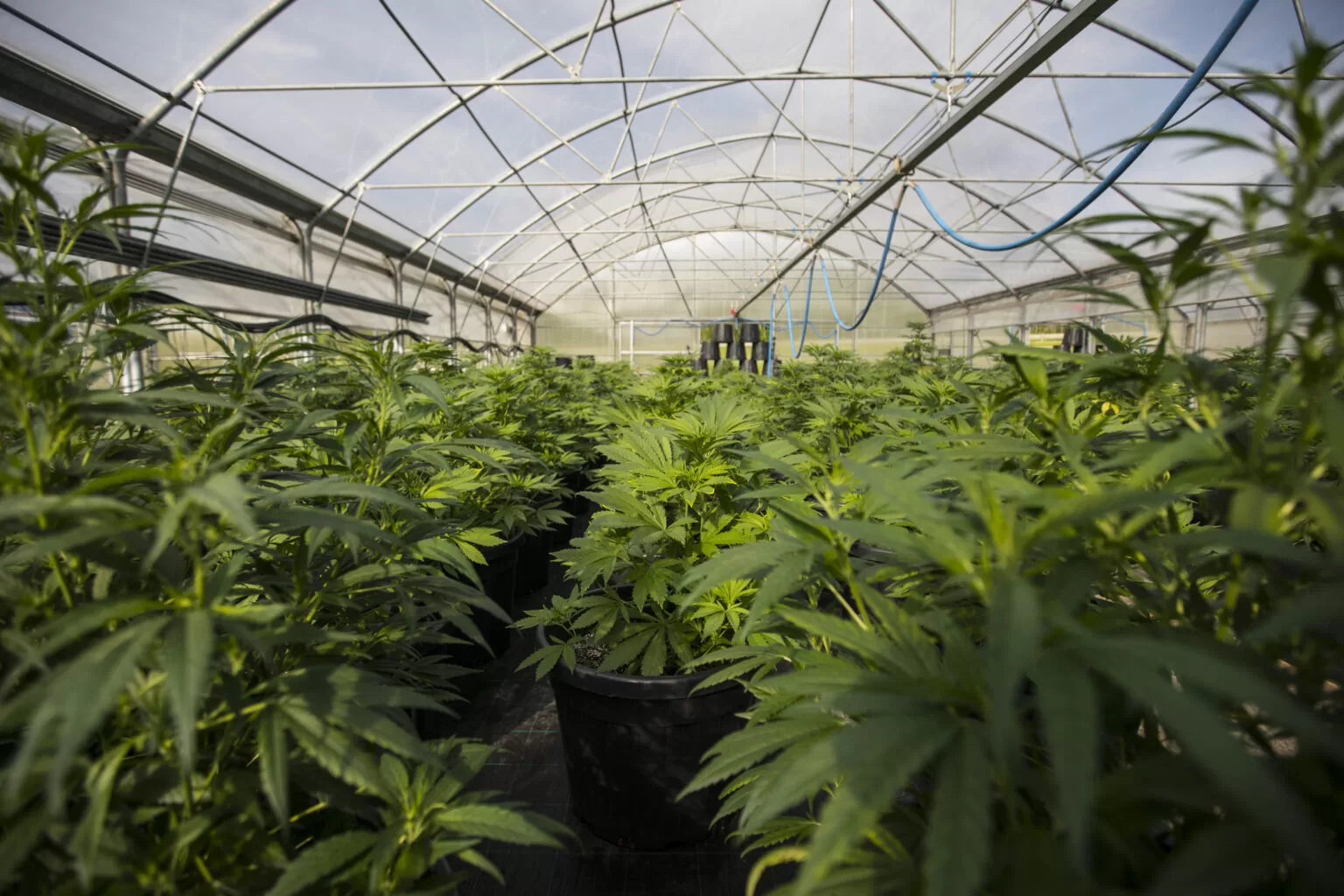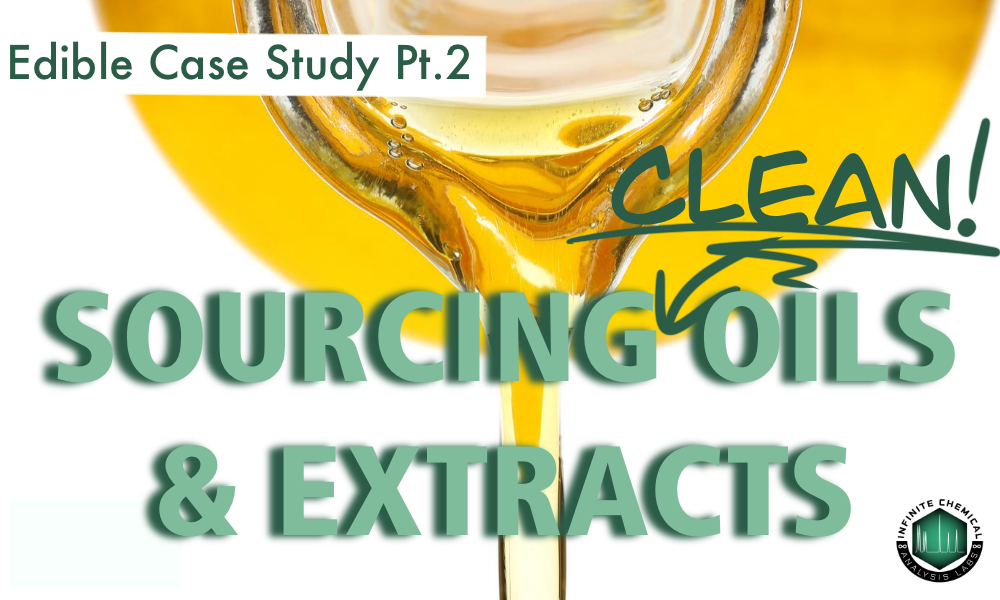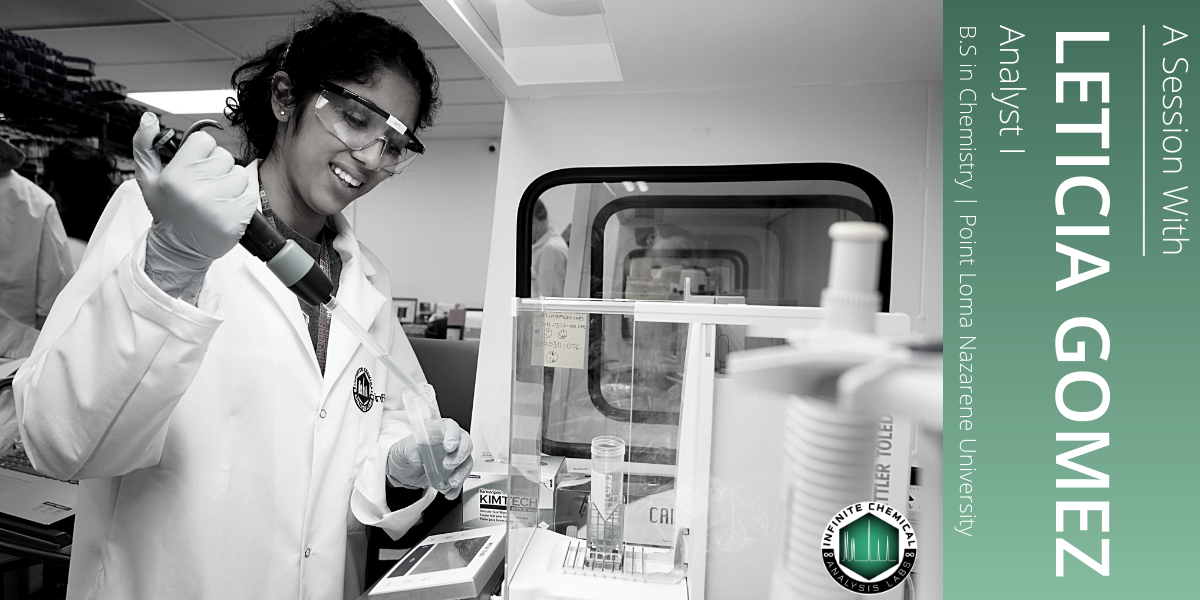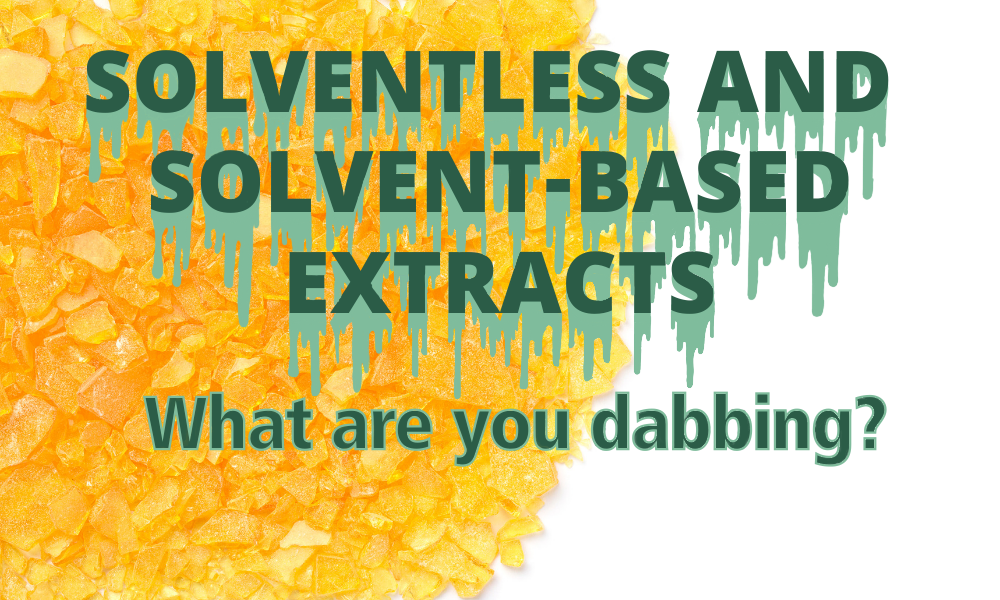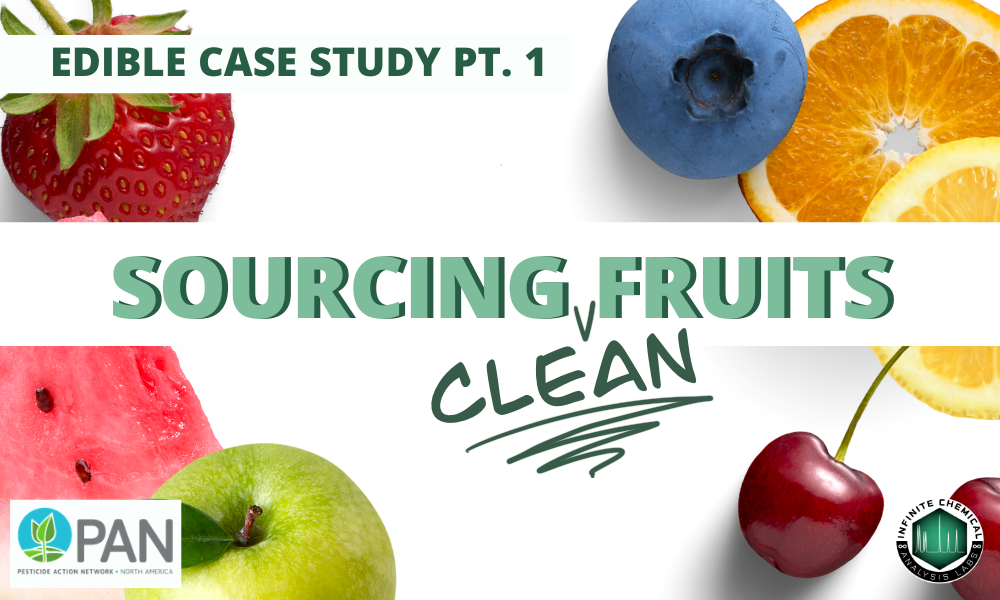
Edible Case Study – PART 1
From cannabis-infused gummies, beer, cookies, beef jerky, jello shots, granola, popcorn and freeze pops, edible manufacturers are continuously expanding the market with unique, delicious ways to consume. Since state legalization, cannabis edibles have steadily increased in popularity due largely to the discrete method of consumption and longer lasting effects compared to smoking or vaping.
However, many edible manufacturers looking to pass state compliance testing are faced with a major issue- sourcing their raw ingredients. Unlike regular food-grade products approved by the US Food and Drug Administration, cannabis-infused edibles are held to much higher standards, especially for residual chemicals commonly used in traditional agriculture. Even trace amounts of a category I pesticide can cause an edible to fail at the compliance level, barring it from retail.
The California Bureau of Cannabis Control’s limits for pesticides are based on the limited knowledge the state has available regarding pesticide, herbicide, and fungicide use on cannabis crops and how they react with specific consumption methods. Certain chemicals are significantly more harmful – and potentially deadly – when combusted and inhaled directly into the lungs. Azoxystrobin, fludioxonil, and myclobutanil, for example, contain cyano groups that convert in hydrogen cyanide gas when heat is applied – the same gas the United States has previously used as an execution method.
In addition, The Drug Enforcement Agency still considers cannabis a Schedule I drug, and no extensive studies concerning cannabis consumer safety have been conducted by the FDA. California’s incredibly strict cannabis regulations – specifically for category 1 pesticides – have been created to protect consumers from currently undiscovered dangers. The BCC and California Department of Pesticide Regulations are reportedly developing appropriate action limits for residual pesticides in cannabis products, but substantial research of this scale could take years.
Even though edibles are ingested – not combusted and inhaled – they are still subject to the BCC’s detect/non-detect limits for Category I residual pesticides, though some limits have been raised accordingly for Category II pesticides.
Oftentimes, residual pesticides found in edibles after analysis stem from one or more of the ingredients used to create the product, not the cannabis extract used to infuse it. Edible manufacturers are obligated to purchase quality raw materials from suppliers that not only meet FDA requirements, but cannabis regulations as well.
To prove just how important it is to research and test raw materials prior to compliance, Infinite Chemical Analysis Labs conducted a case study analyzing 35 different fruits and extracts, oils, nuts, and other commonly sourced ingredients purchased from a local grocery store. Based on the BCC’s standards for cannabis-infused edibles, we tested each sample for 66 different pesticide concentrations at or below a 0.2 ppm limit of detection. Our results, along with the Pesticide Action Network’s extensive research on the most common pesticides used in traditional agriculture crops, details what manufacturers can expect to find in non-compliant starting materials.
Note: Our results do not reflect a representative sample of the foods and ingredients listed.
PART 1: FRUITS
We tested 13 different types of fruits and vegetables for residual chemicals based off the BCC’s regulations for cannabis-infused edibles. Of the 13, 31 percent failed the analysis, including most citrus fruits tested. From our experience, citrus-infused and/or flavored cannabis edibles are more likely to fail residual pesticide testing, especially when adding citrus concentrates. Trace amounts of pesticides were also detected in 4 more samples.
Our “Failing” Fruits

ORANGES
Our navel orange, grown in Bakersfield, CA, failed for Imazalil, a banned category 1 pesticide for cannabis and cannabis-derived products, at 3.899 µg/g – about 129x our limit of detection. According to the Pesticide Action Network, 69.9 percent of commercially-available oranges contain Imazalil, often used as a fungicide postharvest to prevent mold during storage. Even after peeling, imazalil can diffuse into the fruit through the upper most cell layers to which it was applied. This chemical is a developmental and reproductive toxin, a known carcinogen, and can affect the nervous system when consumed in high enough amounts.
Commercially-available products that contain imazalil include Bromazil, Deccozil, Fungaflor, Freshgard, and Fungazil. While imazalil may not be considered dangerous at 3.899 µg/g, it’s enough to cause a cannabis edible to fail compliance with the detect/non-detect limits set.
We also detected azoxystrobin, a category II pesticide, at 0.087 µg/g, far below the BCC’s threshold of 40 µg/g for cannabis edibles. Azoxystrobin is used to control certain diseases in edible and ornamental plants and can be found in products such as Abound, Amistar, Bankit, Heritage, and Quadris.
LEMONS AND LIMES

Like our orange sample, the lemon and lime also failed for imazalil at 1.667 µg/g.
The lemon sample also contained low levels of Cat. II pesticides azoxystrobin, fludioxonil (BCC limit: 30 µg/g), and propiconazole (BCC limit: 20 µg/g).
Fludioxonil is a non-systemic fungicide used to treat agricultural crops and ornamental plants, and is found in products such as Austral plus, Beret gold, Beret multi, Elest, Xtyra, Cruiser OSR, Instrata, Maxim XL, Medallion TL, Switch and Wakil XL.
Propiconazole, another fungicide, is the active ingredient in Banner, Benit, Desmel, Orbit, Radar, Tilt, Fidis, Alamo, Spire, Practis, Bumper, Mantis, Restore, Banner Maxx, Taspa, Juno, Novel and Break.

APPLES
Rounding out our failing fruit samples is the apple, which again failed for imazalil below our limit of quantification. This is especially concerning since, unlike citrus fruits, apples are commonly eaten unpeeled. Imazalil is sprayed on the surface of fruits after harvest, so consumers eating unpeeled, unwashed apples may be consuming this fungicide in dangerous amounts. While it won’t remove all chemicals, washing your fruit before eating it is strongly advised!
In PAN’s research, 12.7 percent of apples were also found to contain the category I pesticide thiacloprid. Thiacloprid is a neonicotinoid insecticide (affects the insect’s nervous system) and can cause cancer when exposed to humans. The US EPA has taken a variety of actions to regulate neonicotinoids in response to concerns about pollinators, but a few products containing thiacloprid are still available.
Apples may also contain these category II pesticides that have been restricted for cannabis products: chlorantraniliprole (BCC limit: 40 µg/g), imidacloprid (BCC limit: 3 µg/g), fludioxonil, boscalid (BCC limit: 10 µg/g), fenpyroximate (BCC limit: 2 µg/g), myclobutanil (BCC limit: 9 µg/g), diazinon (BCC limit: 0.2 µg/g), and trifloxystrobin (BCC limit: 30 µg/g).
Our “Passing” Fruits

GRAPEFRUIT
Our grapefruit sample was the only citrus fruit to pass pesticide testing, though trace amounts of fludioxonil were detected. Although this sample passed, like most citrus fruits, imazalil and azoxystrobin are commonly used chemicals to cultivate and preserve grapefruits.
WHITECORN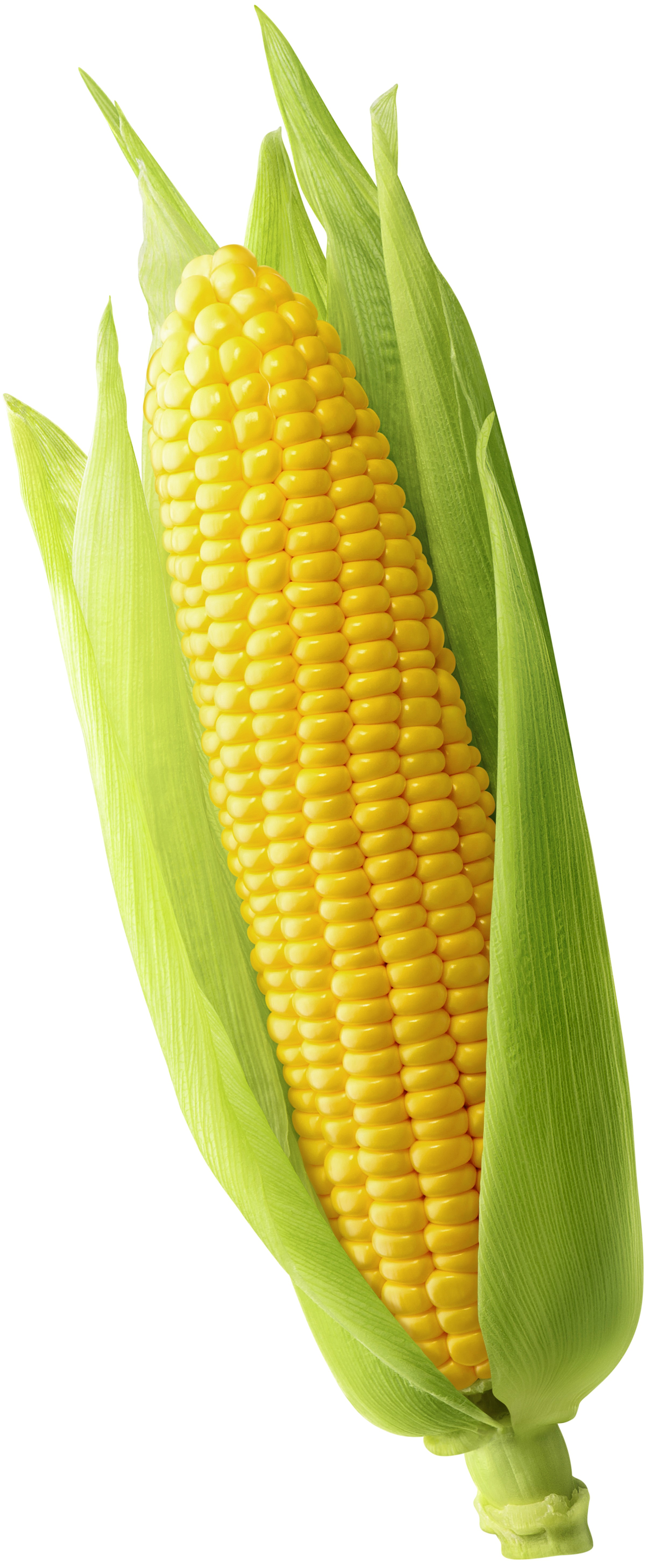
Yes, corn is not a fruit. But many corn products are sourced by manufacturers, so we decided to include it in this study. While our corn sample passed the residual pesticide test, we still detected quantifiable amounts of category II pesticide chlorantraniliprole at 0.399 µg/g (limit: 40ppm) and hexythiazox (limit: 2 µg/g) below our limit of quantification. The most common pesticides found in corn and corn-derived products that are restricted in cannabis products are malathion (limit: 5 µg/g), chlorpyrifos (detect/non-detect) and permethrin (limit: 20 µg/g).
Malathion and chlorpyrifos are both organophosphate insecticides- but don’t let this category name fool you. There is nothing ‘organic’ about organophosphates. It’s a highly toxic class of chemicals, and the Environmental Protection Agency has already restricted use in some of them. Since 2016, organophosphate use has decreased considerably. Still, there are 156 currently registered products containing chlorpyrifos, and 86 containing malathion.
Unlike organophosphates, permethrin is actually organic as it resembles naturally occurring chemicals called pyrethroids found in chrysanthemums, which have insecticidal properties. However, permethrin is considered to be a PAN “bad actor” because it is a known carcinogen and suspected endocrine disruptor. Products containing permethrin include most insect repellent sprays, such as OFF!, Nix, and Repel, as well as many agricultural products. You can find the full list of the 1,142 registered products containing this chemical here.
RASPBERRIES

Our raspberries passed the test, but residual category II pesticides were detected. This sample contained 0.222 µg/g of bifenazate (limit: 5 µg/g) and 0.082 µg/g of spinetoram (limit: 3 µg/g).
Bifenazate is a miticide and active ingredient in products such as Floramite SC and Sirocco Miticide. It is especially effective against spider mites, and the lab has seen more fails for bifenazate in cannabis flower and trim from growers trying to keep these pests under control.
Spinetoram is an insecticide used on numerous agricultural crops, as well as home gardens, nurseries, greenhouses and lawns. It is a fermentation byproduct or spinosad, an organic insecticide, and is relatively nontoxic.
Other pesticides commonly used in raspberry cultivation that could cause a cannabis edible to fail include malathion and boscalid. Boscalid is a fungicide used to control a range of plant pathogens in horticulture crops and is found in products such as Emerald, Encartis, Endura, and Pristine fungicides.
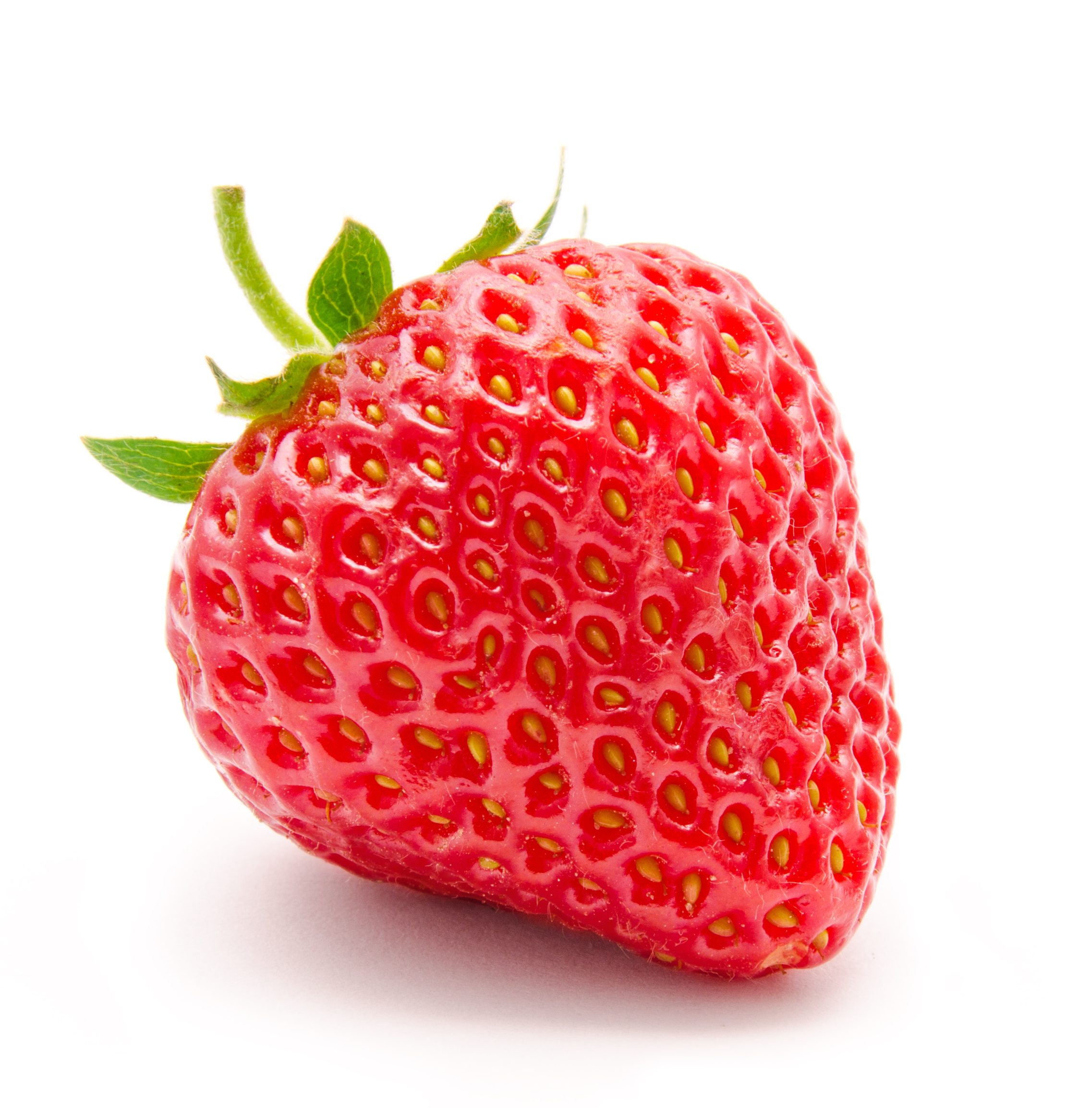
STRAWBERRIES
Strawberries are a constant leader in the “dirty dozen” list of contaminated fruits, with nearly 11,345,900 pounds of chemicals used in 2016 for cultivation in California alone. Surprisingly, we only detected 0.281 µg/g of fludioxonil in our sample, allowing it to pass our analysis. However, according to PAN more than half of US cultivated strawberries contain pesticides such as captan (limit:5 µg/g) , fenhexamid (limit: 10 µg/g), and boscalid.
Captan is a non-systemic fungicide used to control diseases of many fruit, ornamental, and vegetable crops. It’s also highly toxic and carcinogenic, making it onto PAN’s “bad actor” list. There are currently 126 registered products containing captan, including Bean guard and pretty much every Bonide fruit tree spray.
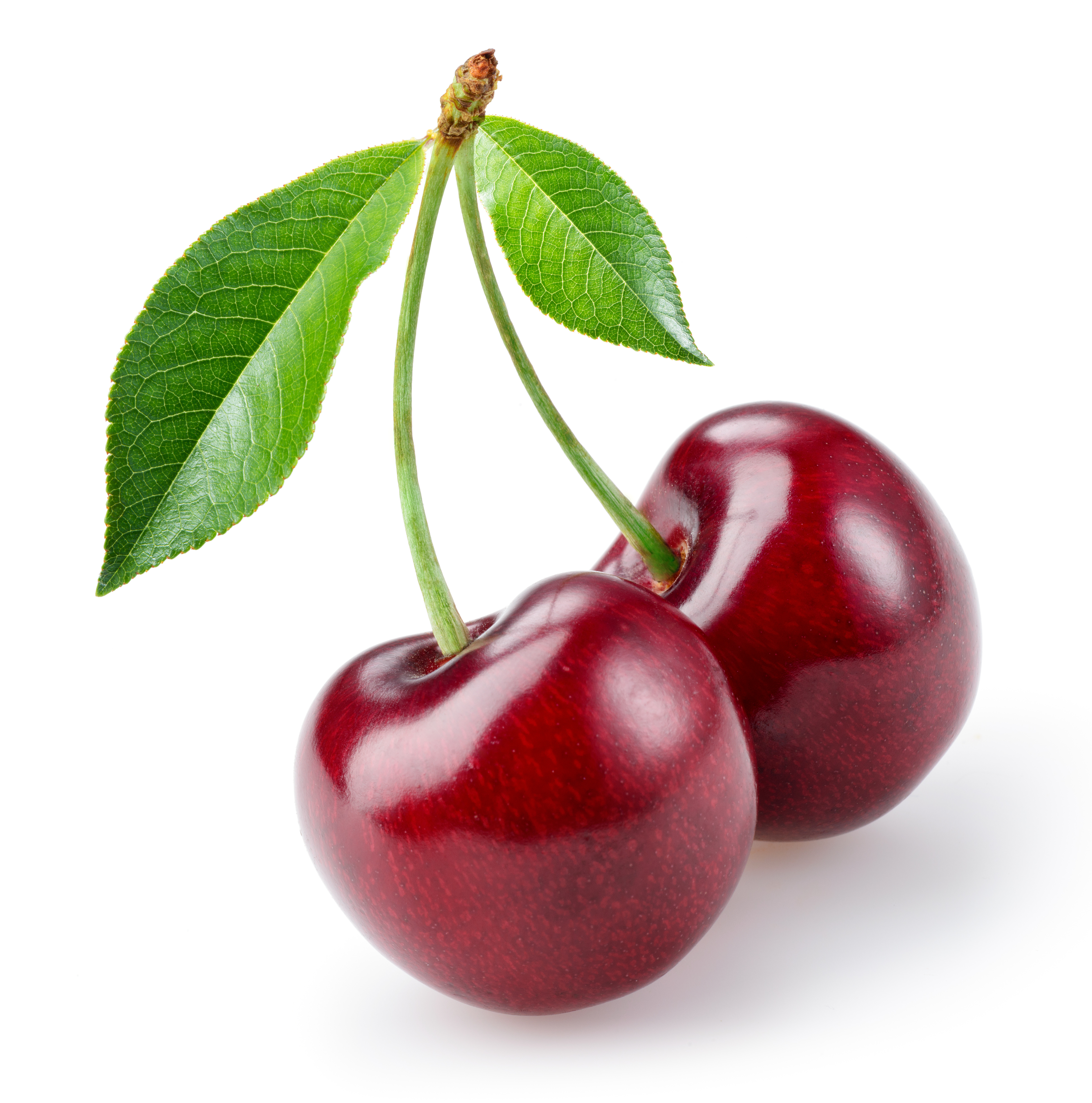
RED CHERRIES
Our analysts did not detect any residual chemicals in our red cherry sample. However, like all our food samples, this was not a representative sample of every red cherry available on the market. Boscalid, bifenthrin (limt: 0.5 µg/g), myclobutanil and spinosad (limit: 3 µg/g)- all category II pesticides- are some of the most common pesticides used on cherries according to the Pesticide Action Network.
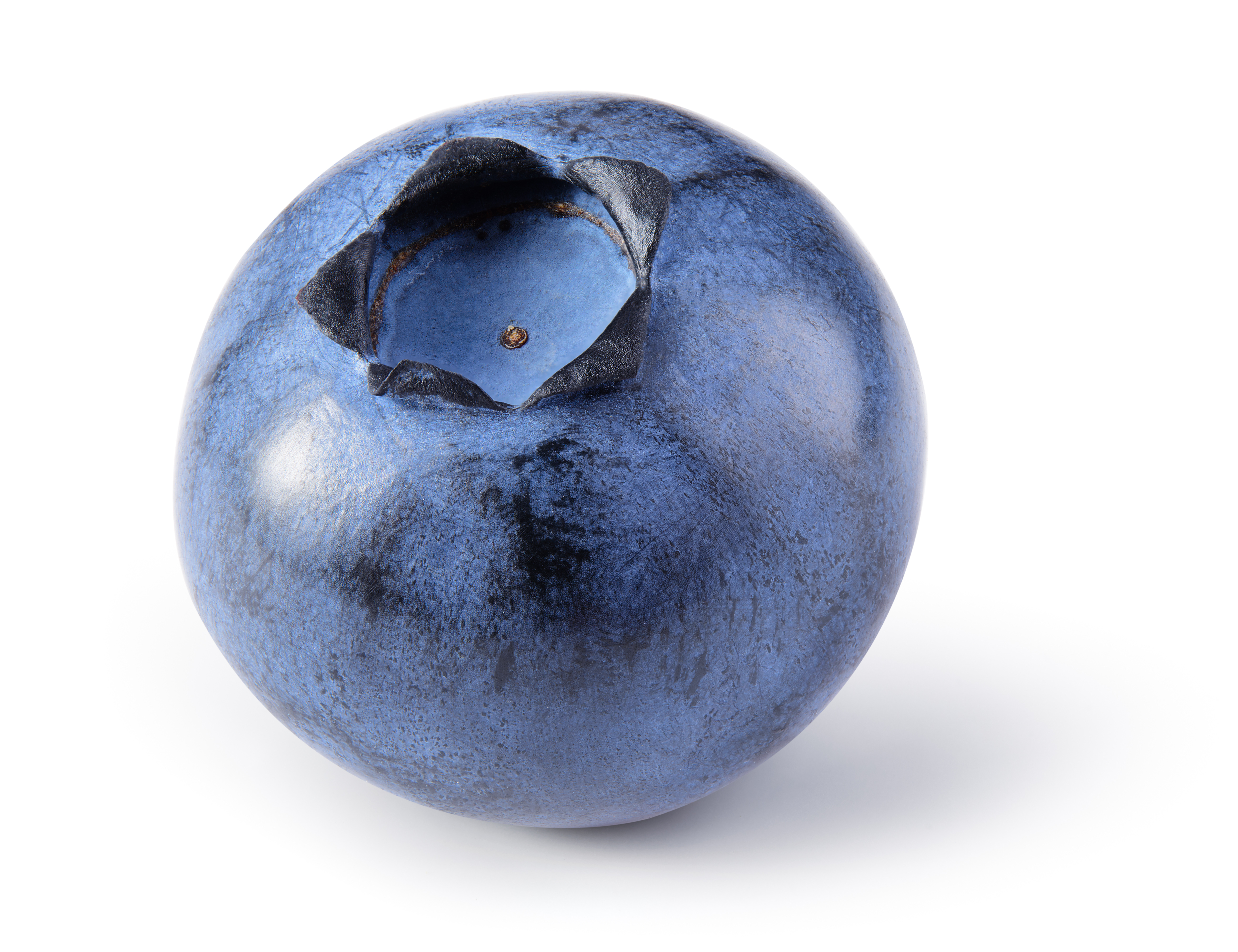
BLUEBERRIES
The blueberry sample passed our analysis with not one single pesticide detected out of the 66.
However, like we mentioned above, chemicals such as boscalid and captan are commonly used in berry cultivation but restricted in cannabis and cannabis- derived products.
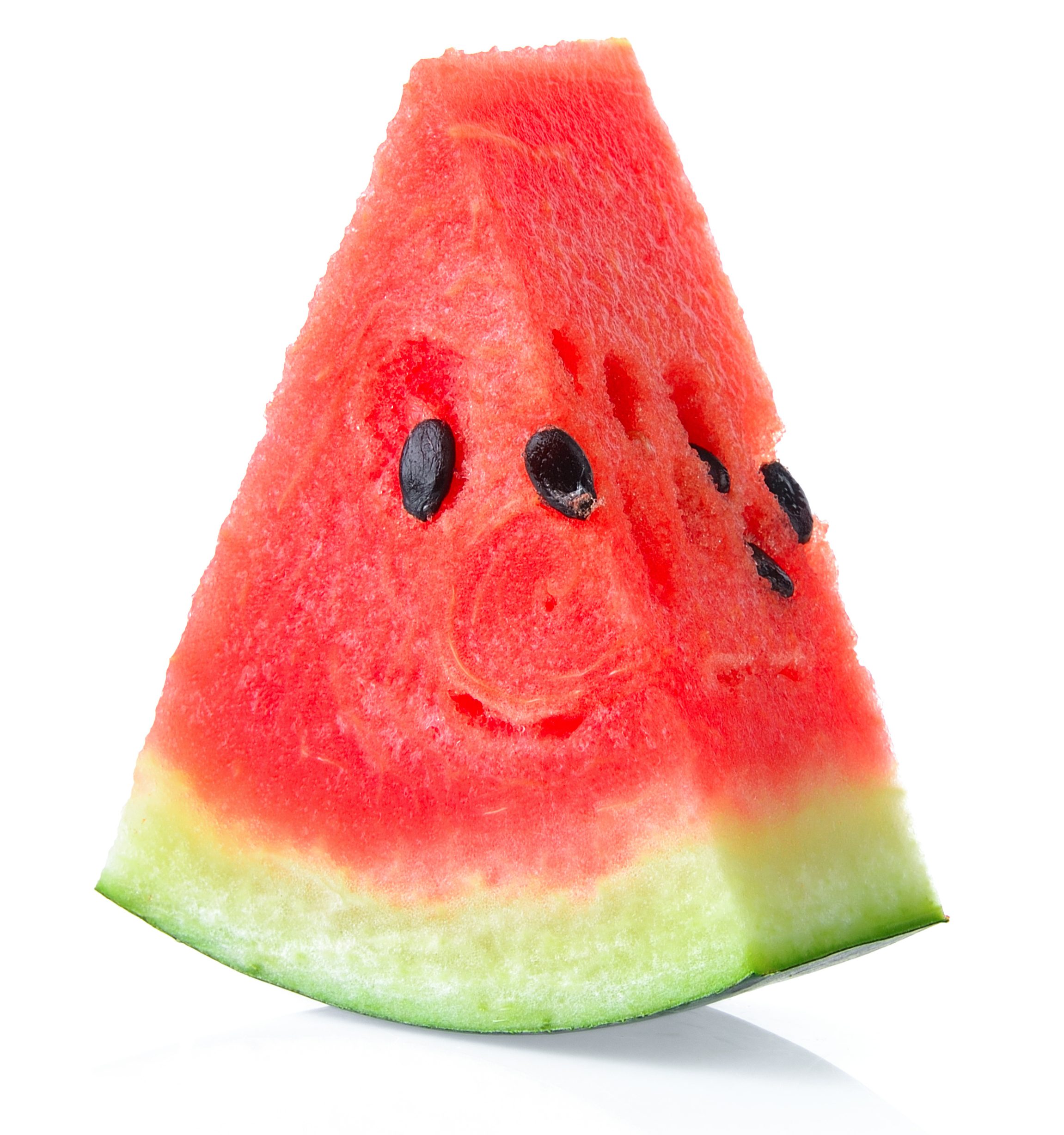
WATERMELON
Our pre-cut watermelon sample did not contain any of the pesticides we tested for.
According to PAN’s research, 11.2 percent of watermelon samples tested contained thiamethoxam (limit: 4.5 µg/g) and/ or imidacloprid, while 8.8 percent contained metalaxyl (limit:15 µg/g), all category II pesticides.
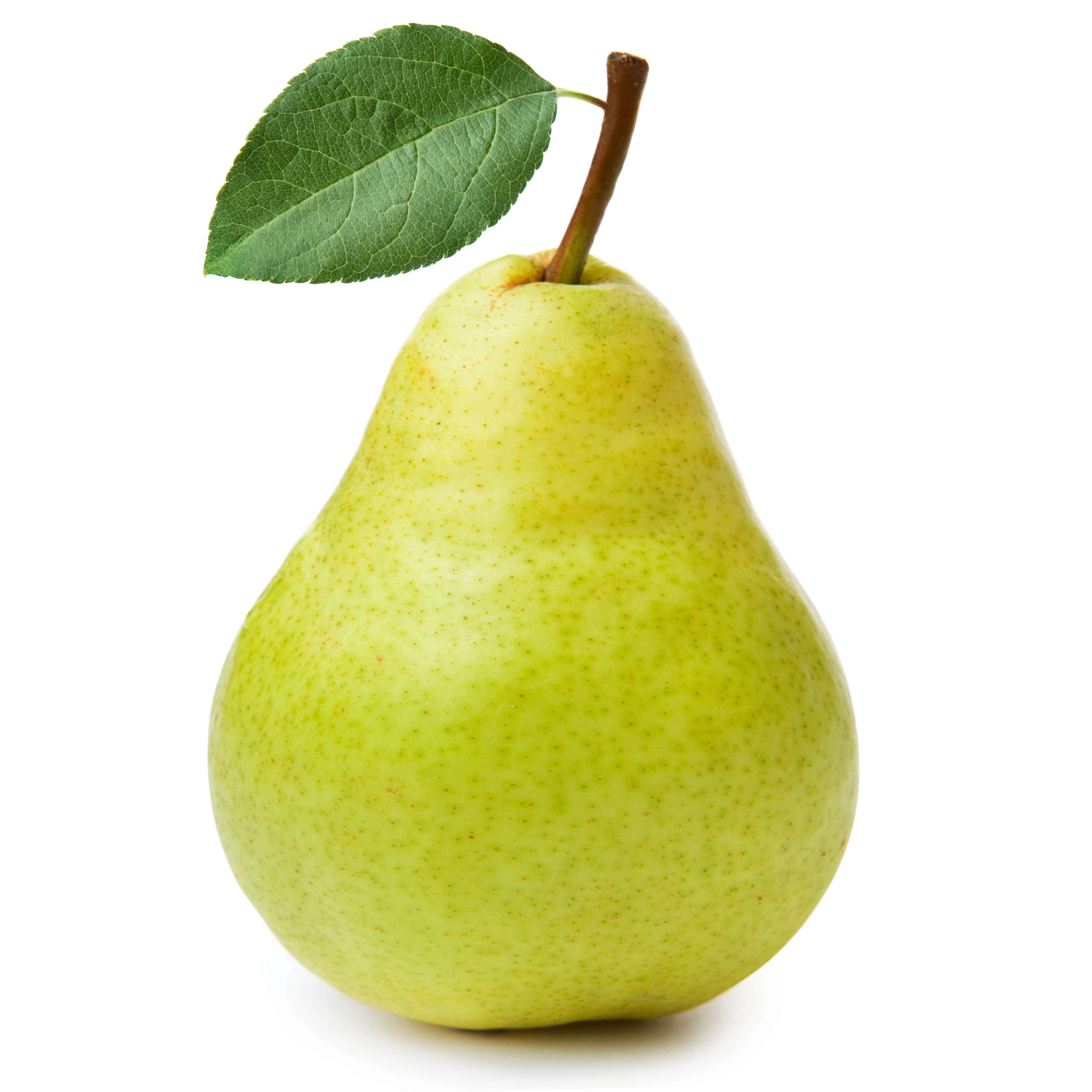
PEARS
Our commercially-purchased pear passed testing with only trace amounts of fludioxonil detected, but some of the most common pesticides used for pear cultivation also include acetamiprid (limit: 5 µg/g) and thiacloprid- a category I pesticide. PAN reported over 40% of pears in the US contained some sort of chemical residue.

PEACHES
Peaches are another long-time member of the “dirty dozen”, and for good reason. While our peach sample passed pesticide testing, we did detect fludioxonil, the most common pesticide used for peach cultivation with almost half found to contain this chemical. Other chemicals used on peach orchards include phosmet (limit: 0.2 µg/g), spinosad, chlorpyrifos, and boscalid.
In our next study, we’ll break down common cooking oils and extracts used in edible manufacturing, including olive oil, vegetable oil, and various fruit extracts.
If you have any questions or concerns about the products you’re using to manufacture edibles, please reach out to us so we can help ensure your products make it onto the shelves.
